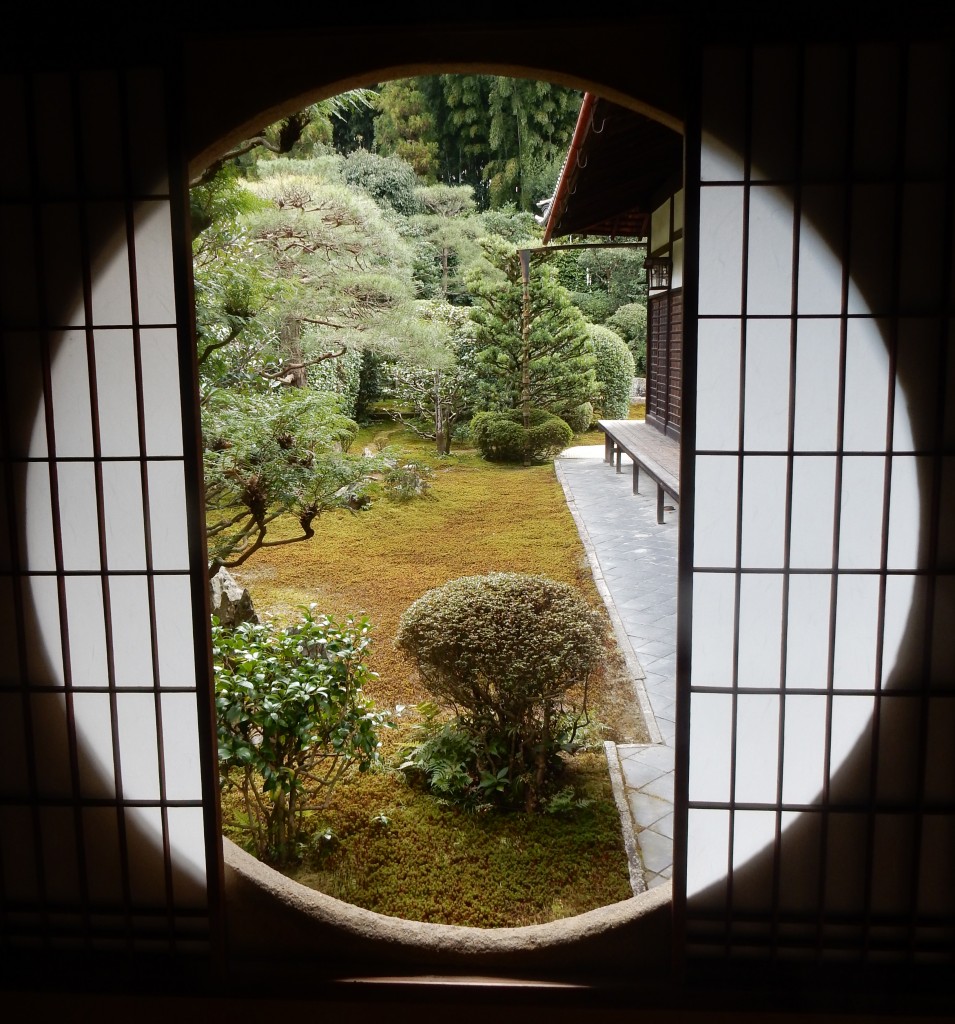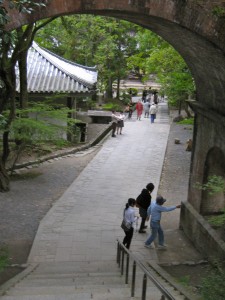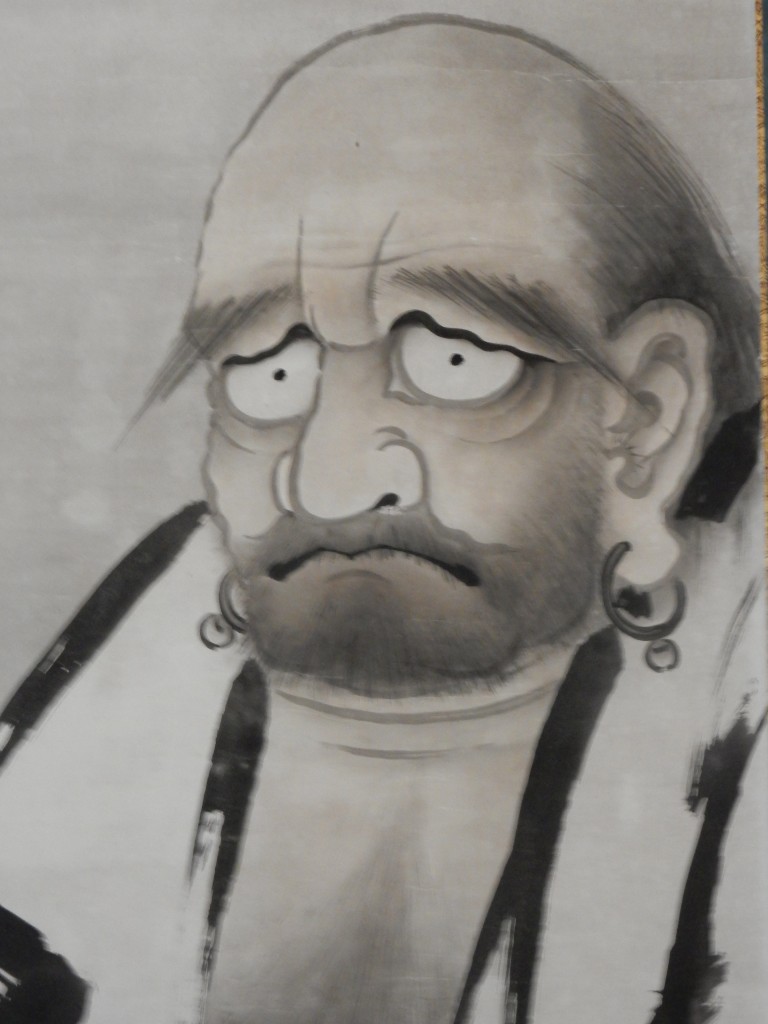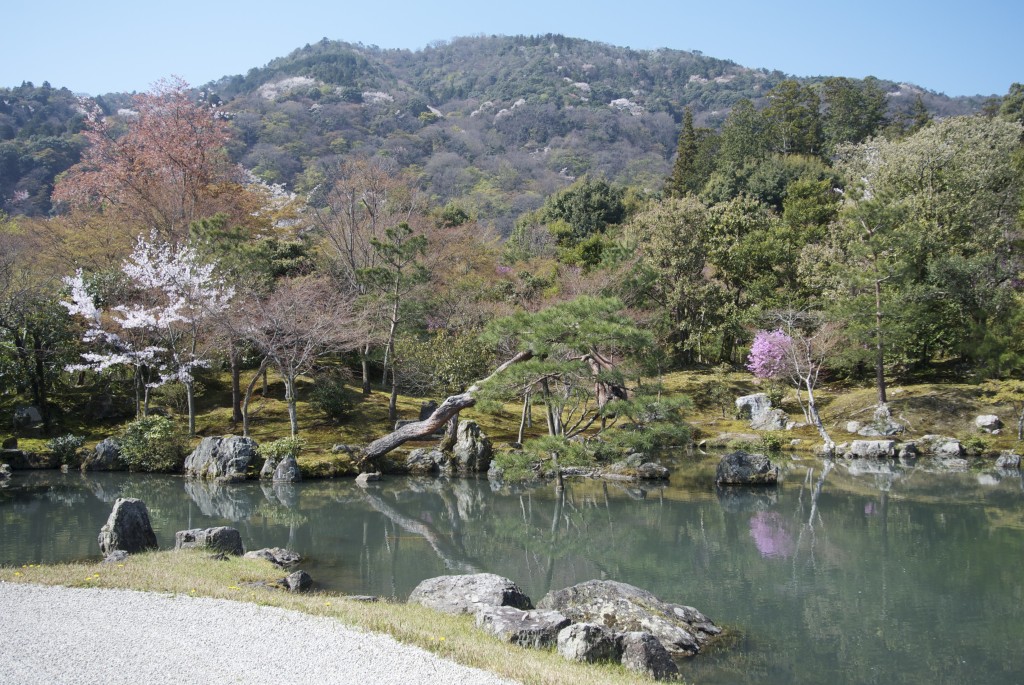
The passages below are a truncated version of an essay contained in a guide to Rinzai Zen Study for Foreigners in Japan, written by Ruth Fuller Sasaki and produced in 1960 for The First Zen Institute of America. (For more about her life and connection with Kyoto, click here.) The comments are not only interesting for what they have to say concerning Zen, but for what they reveal about Kyoto at the time and how much it has changed over the past half-century. “Kyoto is famous for not providing good eating,” she states for instance. How very different things are today. (Ryosen-an was the hermitage she started as an outreach of The First Zen Institute.)
******************

I assume those who come to Japan for only a few weeks and hope to find out something about Zen in that time will come to Kyoto, for only in the old capital can at least the outer expressions of Zen still be found in abundance. Here are seven of the great Rinzai Zen headquarter temples, each with its monastery. Here are the finest examples of Zen gardening. Here the old arts of Japan – Noh, tea ceremony, flower arrangement, sumi painting, calligraphy, pottery, among others – can best be enjoyed or studied. And here is the only Rinzai Zen university.
The first actual problem is, of course, a place to live. Ryosen-an will never be able to provide guest accommodations for either longer or shorter periods. The house is too small and the ground with the compound walls is now completely given over to buildings and gardens. A temple building within the Daitoku-ji area where a small number of students can live together in a manner approximating monastery life is a dream we hope some day to make a reality. But when, we do not know.
Kyoto’s two first-class foreign-style hotels are fairly expensive; with three meals a day the cost is from $10 upwards for one person. There is a less expensive second-class hotel, and though the location near the railroad station is not too desirable, many people seem to find this hotel adequate. Several new western-style hotels are either under construction or planned for the next two or three years.
First-class Japanese inns are as expensive as foreign-style hotels of the same rank, often more so. Second-class inns are also rather expensive and, furthermore, usually noisy. Japanese people who patronize Japanese inns are almost invariably on an excursion. They are apt to get up early and go to bed late, and to have little or no consideration for the tired fellow guest who might like a night’s sleep. The larger second and third class inns cater almost exclusively to the big – sometimes mammoth – groups of country people and school children who come to the old capital for sightseeing.
*****************
There are many foreign-style and Japanese restaurants in Kyoto, but except for the deluxe ones, none are too good, especially the foreign-style ones, and all are rather expensive considering the quality of food offered. Kyoto is famous for not providing good eating. From olden days Kyotoites have been said to deprive their stomachs in order to decorate their backs.

Naturally you will want first to visit the famous places for sightseeing in and near Kyoto. Three or four days should suffice for that if you leave the Zen temples until later…. When you are ready for this, there are a few rules you should lay down for yourself. The first is to put your camera away. You can buy plenty of photographs that are better than any you can take yourself. Rather let all your senses register what you are experiencing. Then all will become part of yourself – the scene, the movement, the fragrance of the pines, the feel of the wind as it brushes your face. You will not have to open an old album or set up a projector to recall your experiences.
Secondly do not plan to do more than one major thing in one day. Do not try to see lots of Zen temples and lots of Zen gardens. One headquarter temple and two or three small ones and a few gardens will be enough for your entire visit if you assimilate these thoroughly. It is not what you see but how you see what you see that matters. The ability to retain sense impressions is greatly diminished by trying to absorb too much and too many things too quickly.
Thirdly, take your time and go leisurely. It is only when you have no sense of time and no special aim or intention that you can really open up all your senses. The willful urge to experience will hinder your capacity to experience. Give yourself lessons in mushin (no-mind). Here is a way to begin your Zen study. Zen study is not learning about Zen but making use of Zen principles and letting them work on you. It is for the purpose of making you into a Zen man. It is not to give you the ability to astound your friends with your profound knowledge, but to cause you to become him whom you truly are.
Don’t hesitate to go anywhere alone. Going alone is preferable to going with an unsympathetic companion. Comprehension of what true aloneness means is an important part of Zen understanding… Never take a taxi to get anywhere if you can help it… Then every night, if you wish, you may come to Ryosen-an and sit with us in the quiet of our zendo. You will sit on your cushion on the tan (raised platform), awkwardly at first, no doubt, but gradually with more ease. You will hear the sharp clack of the clappers and the ching of the bell; you will smell the incense and you will share in the deep silence that envelops this most wonderful of rooms. Later you will join us in drinking the bitter zendo tea with Manjusri, the Boddhisattva of Intrinsic Wisdom. And at the end of the evening, you will find your heart strangely moved as the men and women students chant the vow to devote whatever they may gain in walking the Buddha’s path to the saving of all sentient beings.
When you return home and your friends ask you what you have learned about Zen in your three or four weeks’ stay in Kyoto, probably you will have to say, ‘Not much.’ Not much you can speak about, perhaps, but much you will never forget.
*********************
For more on this subject, take a look at WiK member John Einarsen’s book, Zen and Kyoto.

